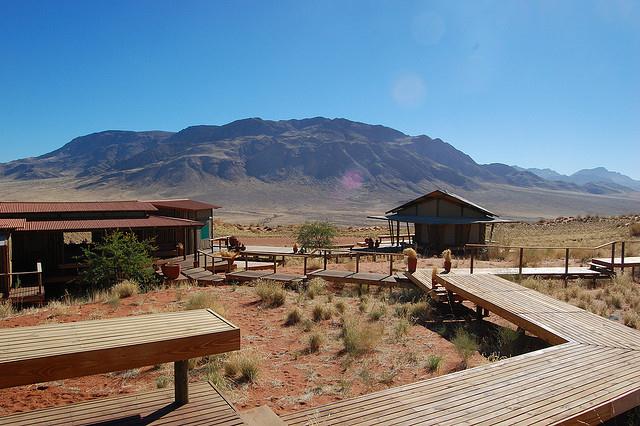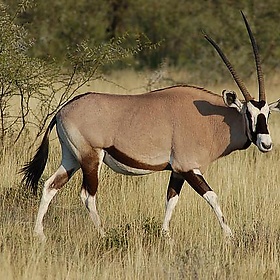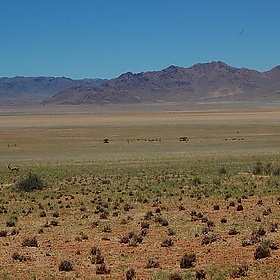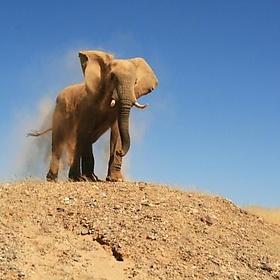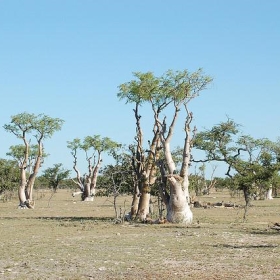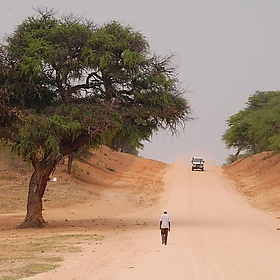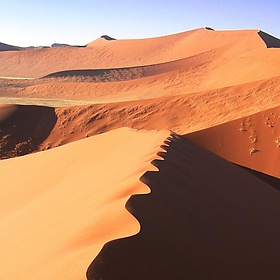Namibia
Namibia gained independence from South Africa on 21 March 1990, following the Namibian War of Independence. Its capital and largest city is Windhoek.
The dry lands of Namibia were inhabited since early times by Bushmen, Damara (people), and Namaqua, and since about the 14th century AD by immigrating Bantu peoples who came with the Bantu expansion. It became a German Empire protectorate in 1884 and remained a German colony until the end of World War I. In 1920, the League of Nations mandated the country to South Africa, which imposed its laws and, from 1948, its South Africa under apartheid policy.
In 1966, uprisings and demands by African leaders led the United Nations to assume direct responsibility over the territory.
Agriculture, herding, tourism and the mineral industry - including mining for gem diamonds, Uranium mining, Gold mining, Silver mining, and base metals form the backbone of Economy of Namibia.
Approximately half the population live below the international poverty line, and the nation has suffered heavily from the effects of HIV/AIDS in Namibia, with 15% of the adult population infected with HIV in 2007.
Why visit?
- Namibia is home to a variety of cultures, including the Himba, Herero, and San people. Visitors can learn about the culture and traditions of these people by visiting their villages and interacting with them.
- Namibia is home to a variety of wildlife, including elephants, rhinos, lions, cheetahs, and more. Visitors can take a safari to see these animals in their natural habitat.
- Etosha National Park is one of the largest game reserves in Africa. It is home to a variety of wildlife, including elephants, lions, giraffes, and more. Visitors can take a game drive to see the animals up close.
